With an abundance of options across budget segments, there has never been a better time to finally make the plunge and get yourself a new TV. However, with many options comes many many confusions, and worse, a lot of unnecessary jargon to decode and manoeuvre through. So read on to know a few tricks to avoid making some basic mistakes and spending more than you need to on your next TV.
Bigger is not always better
So one of the major pitfalls I'd recommend side-stepping when buying a new TV is to not go looking for the biggest TV that fits your budget. Despite some TV makers telling you otherwise, a bigger screen TV does not necessarily translate to better TV viewing experiences. In fact, fitting a bigger TV in your room than it can accommodate will only end up working against you.
Now the funny thing is, choosing the right-sized TV for your room is not as straightforward as figuring out how big the wall behind it is. Rather, it depends on the distance that you're going to be viewing content on the TV from and also the native resolution of the TV you're buying. So if you're buying a Full-HD 1080p unit, the TV size to distance ratio should be around 2 times the size of the screen. Now because a 4K TV's panel has more pixels crammed in per inch, you can sit much closer to the TV, and as such accommodate a slightly bigger panel TV in the room if you need to. As such for a 4K TV, this size-to-distance multiplier should be 1-1.5 times the size of your TV.
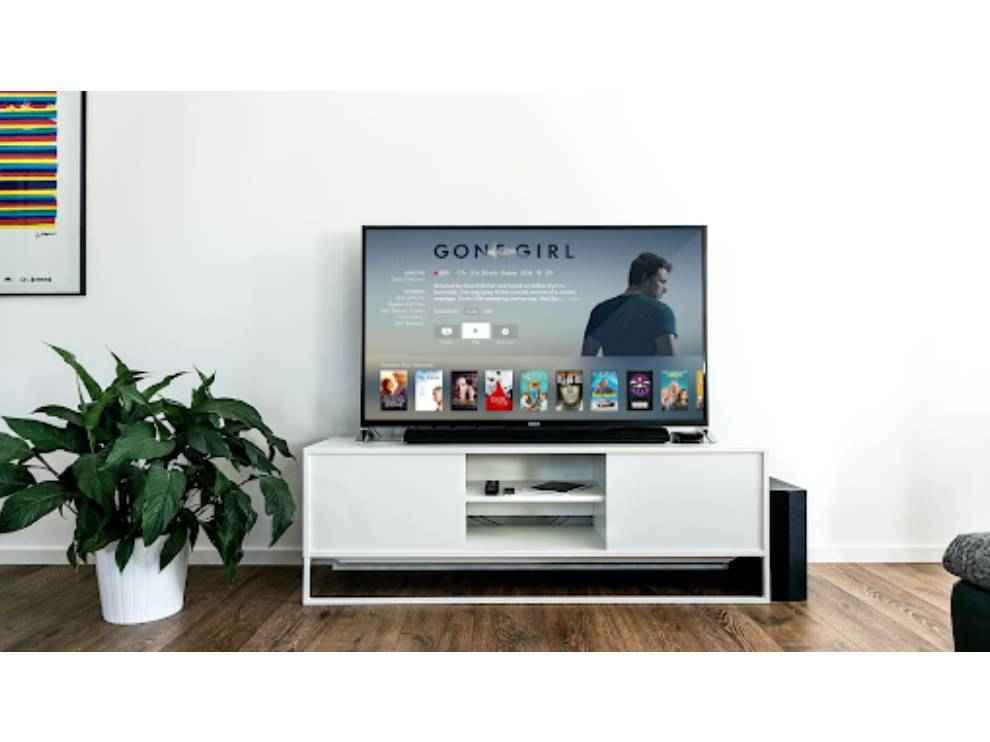
HD-Ready is not Full HD
On that note, the second pro tip from us would be to ensure that you don't fall prey to the marketing trap of the HD-Ready TV -- especially if you plan on watching a lot of OTT content on the TV. While HD-Ready may make you believe that your TV can play high-definition content that you can stream through popular OTT platforms, know that the reality is very different.
Instead, what you should be looking for is a Full-HD TV if high-definition content is what you're looking to play on your TV. On a HD-ready TV, this content is played by downscaling the resolution of frames on the TV to 720p, which is agreed is still better than SD content that runs at 480p, but is still not high-definition.
Avoid falling for the 8K trap
Another big marketing gimmick that you're better off avoiding, for now, is the 8K trap. While it is true that 8K resolution is definitely much better compared to 4K -- an 8K TV is capable of displaying 4 times more pixels on screen -- it may still not be a technology you should be investing in at the moment.
For the here and now, none of your current-gen consoles are unlocked to support the high resolution while gaming on an 8K TV. The only reason why you should be making an exception for buying an 8K TV for gaming is if you have an expensive monster gaming PC lying around that you plan to hook up to your new TV. And even then know that you're going to be very limited in finding titles that'll support this resolution.
What about movies and TV shows you ask? The problem remains the same. While there is content available in 8K, it is still very limited in quantity. OTT platforms for obvious reasons currently do not host your favourite 8K content on their servers. Besides, the 8K TV will have to upscale the regular 4K and Full HD content you watch, and depending on the TV upscaling algorithms, this might introduce noticeable artefacts. So, you're honestly better off saving yourself some money and not investing in an 8K TV right now.
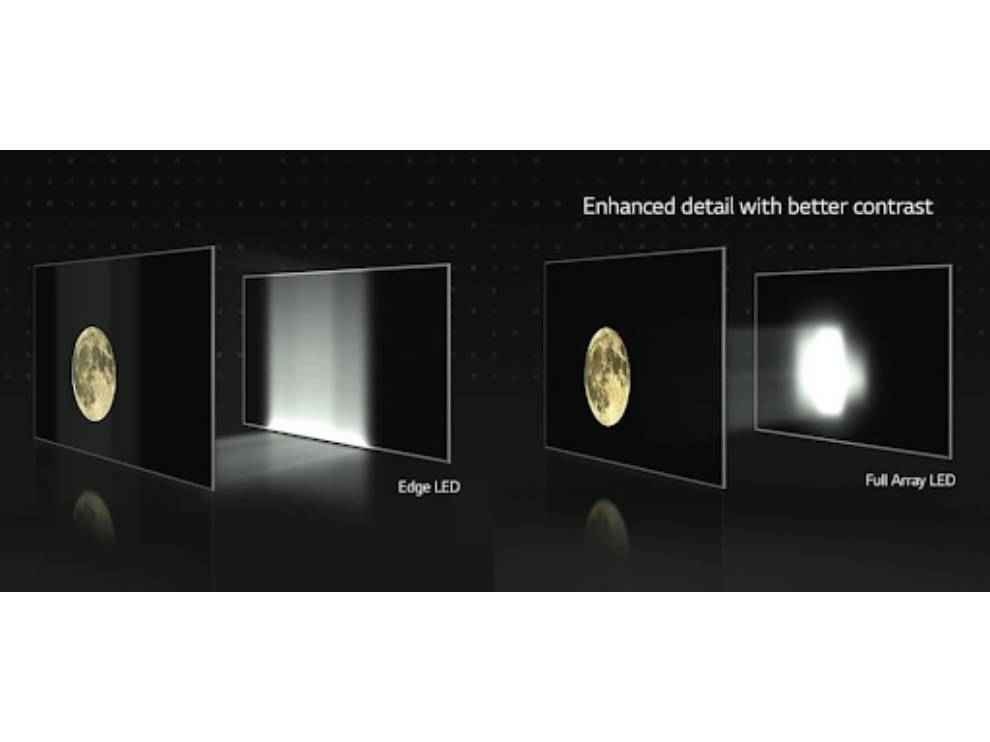
Analyse dimming tech
If you're buying an LED TV it is very important to ensure that you don't make a buying decision the moment you see local dimming printed on the box. As an evolving technology on TVs, we currently get a couple of different versions of it at the moment. However, more often than not, this information is hidden from the buyer.
But a little bit of research can give you access to this information. As a rule of thumb, prefer TVs with a full array or backlit local dimming (the most common on LED TVs these days) and then LED TVs that offer edge-lit dimming. While there isn't much to be concerned about full array dimming, in the case of back-lit dimming, you'll have to dig for more information and find out how many dimming zones are offered by the TV. As a rule of thumb, the higher the number of dimming zones, the better. So do your research and choose wisely.
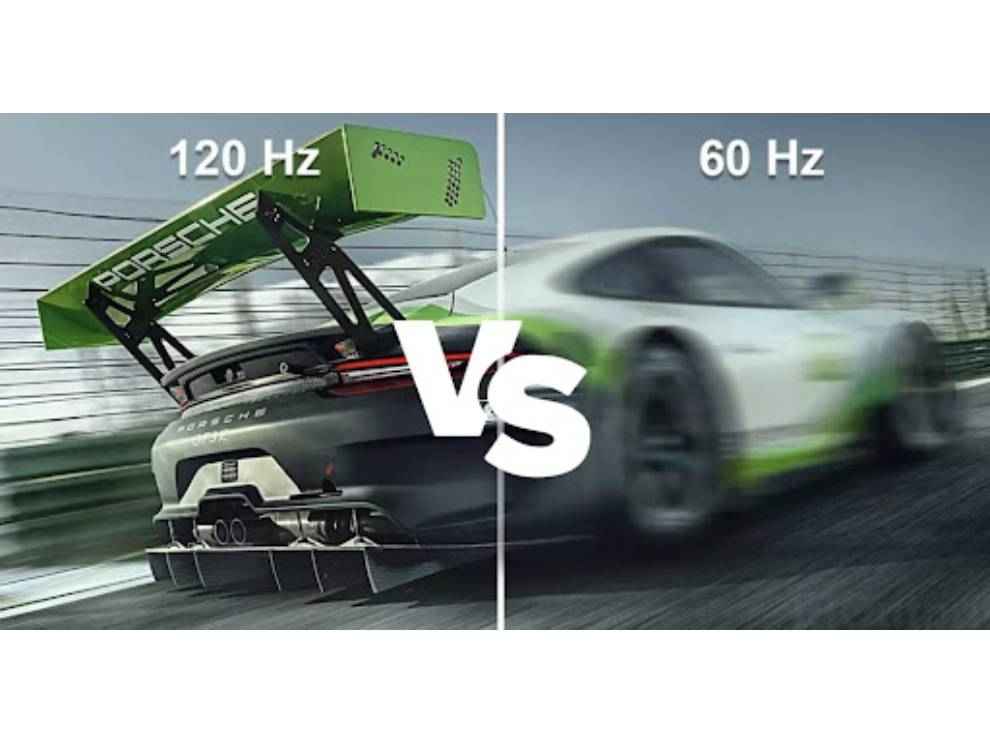
Motion rate is a scam
The next trap to not fall for when you're buying a new TV is the one of Motion Rate. If you've not realised it already, then let us break the news to you: Motion Rate is not the same as Frame Rate.
So if you see a new TV being advertised with keywords such as TruMotion or Motion Flow, then take a step back and try and figure out the actual refresh rate for the panel instead. This is because motion rate technologies are manufactured specific and depending on the technology in question, they either employ framerate interpolation or black frame insertion to improve motion clarity on your TV.
This does give the viewer a smoother image and the illusion of a higher frame rate, but in reality, this is just a software-based simulation and as such resultant visuals are lower in quality and have a fake Soap Opera effect that can actually be quite jarring.
HDMI 2.1 gets more confusing
HDMI 2.1 connectivity is all the rage for TVs these days and that's because it adds a number of useful features for gamers like Auto low latency mode (ALLM), eARC, VRR and 48Gbps bandwidth for 4k@120Hz streaming. However, all these HDMI 2.1 features are optional and your TV might be missing a few of these or even have limited HDMI bandwidth in spite of the v2.1 spec.
Also, according to the HDMI licensing administrator, HDMI 2.1 specification has replaced HDMI 2.0. This essentially means that HDMI 2.0 devices can now be marketed as HDMI 2.1 even if none of the HDMI 2.1 features is supported.
Moving forward we expect this to create even more confusion. For instance, a TV with just one or two HDMI 2.1 ports can be marketed as a TV with four HDMI 2.1 ports. You will have to dig deeper within system menus or rely on reviews to be sure. Having said that, these changes only impact hardcore gamers as there are only a handful of HDMI 2.1 source devices as of today like the new Xbox Series X, Sony PS5, and high-end graphics cards from AMD and Nvidia. So, most of us don’t really need four full-bandwidth HDMI 2.1 ports.

 1 year ago
75
1 year ago
75

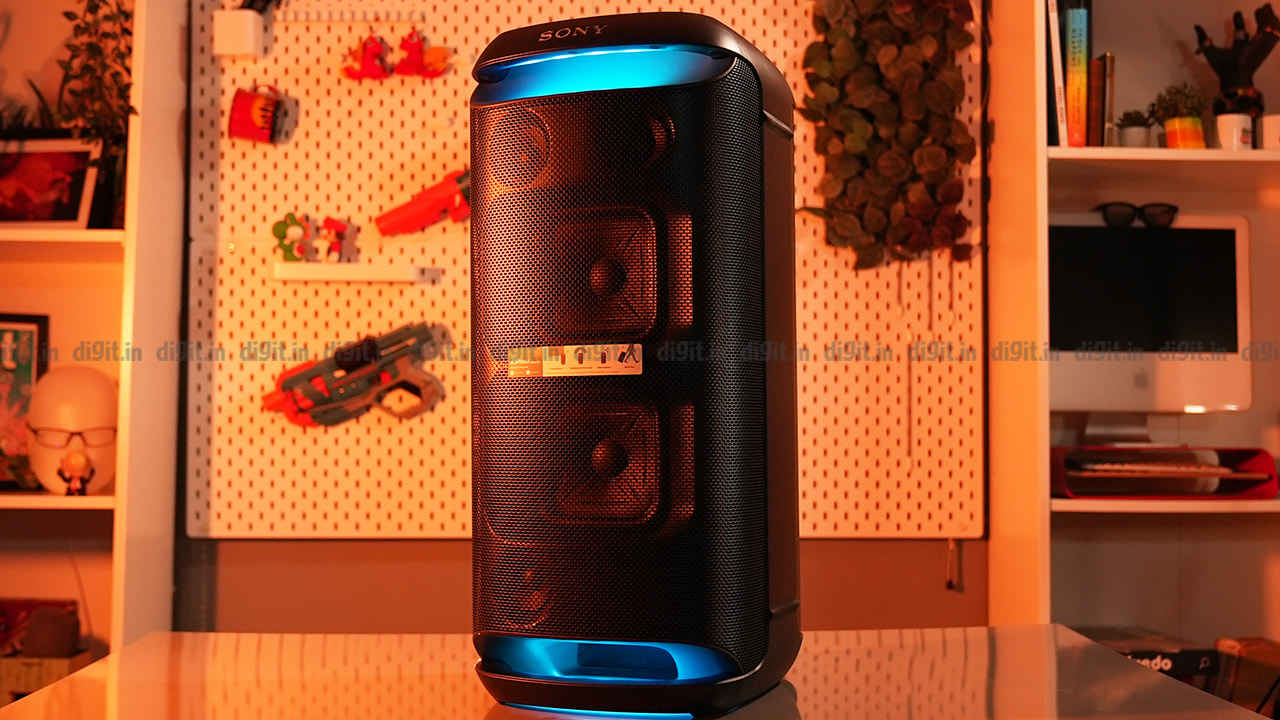
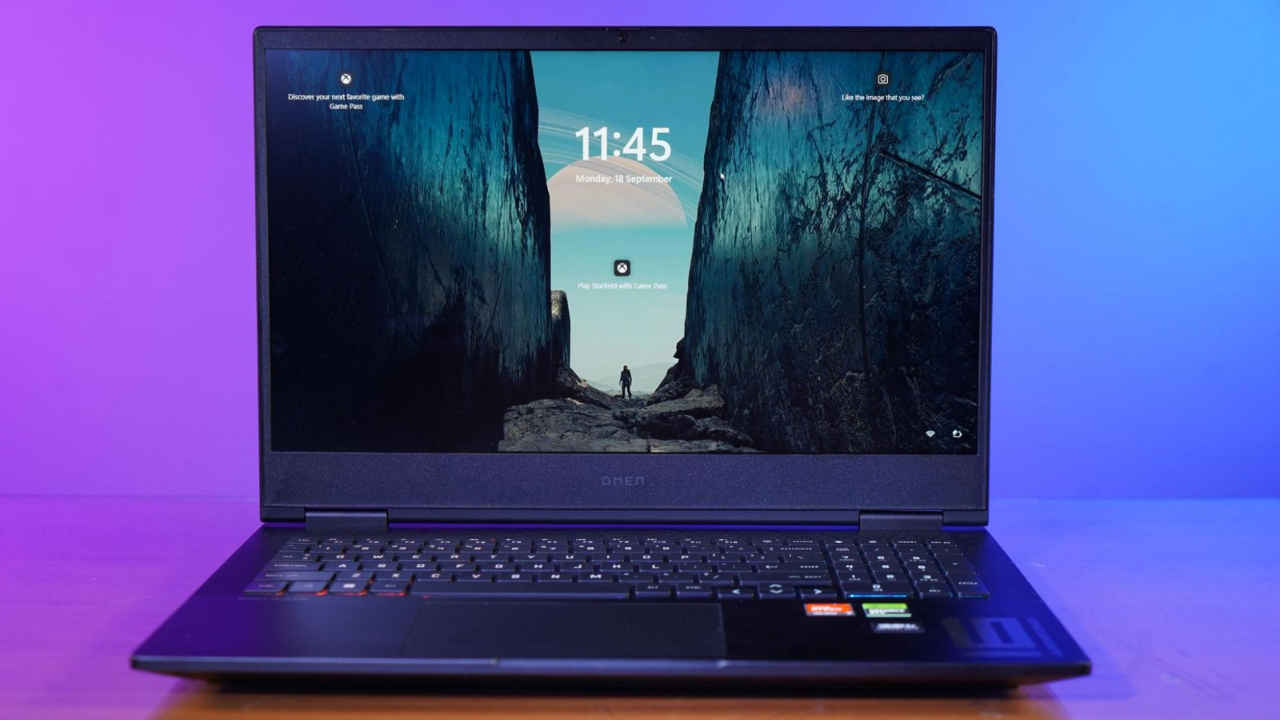





 English (US)
English (US)